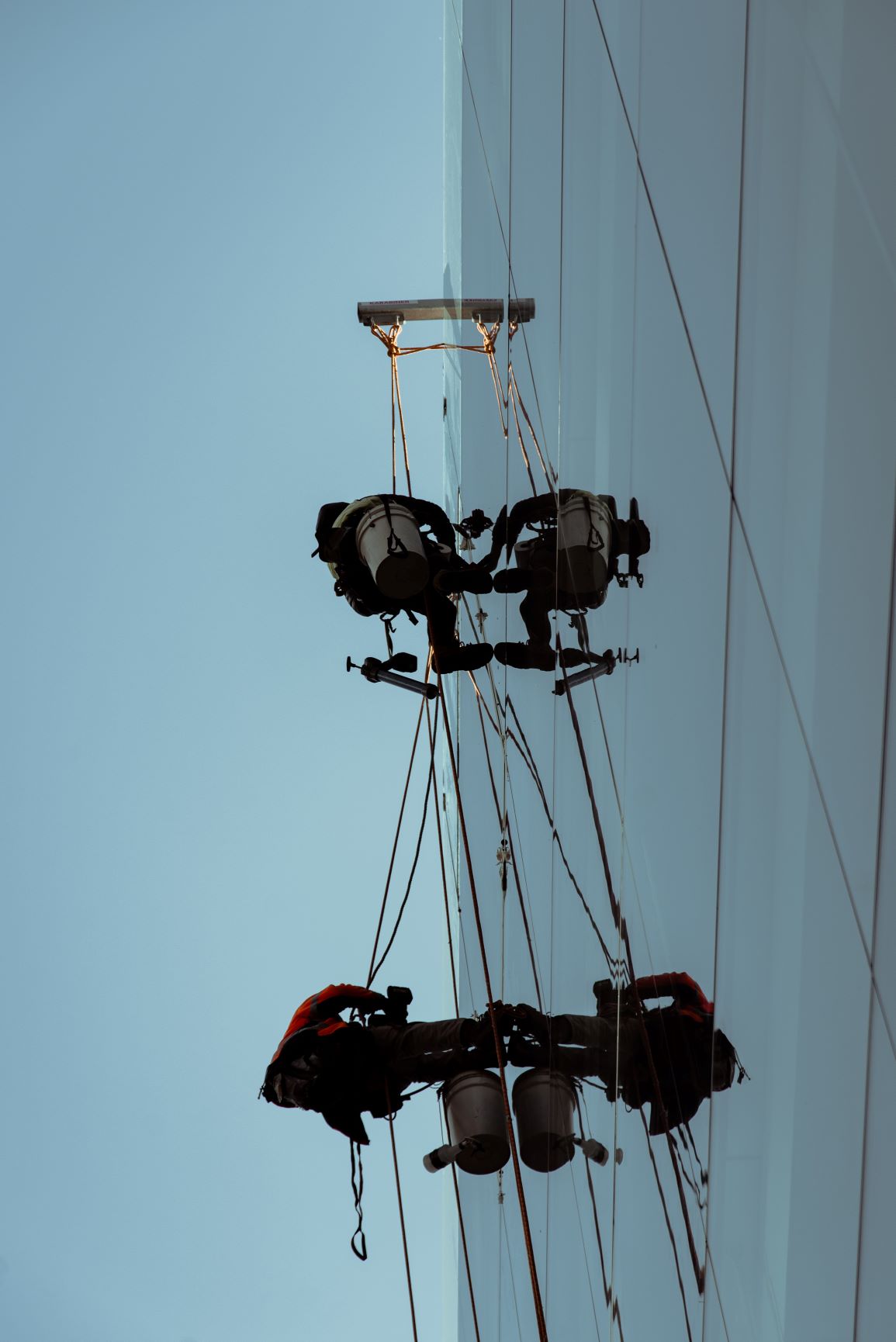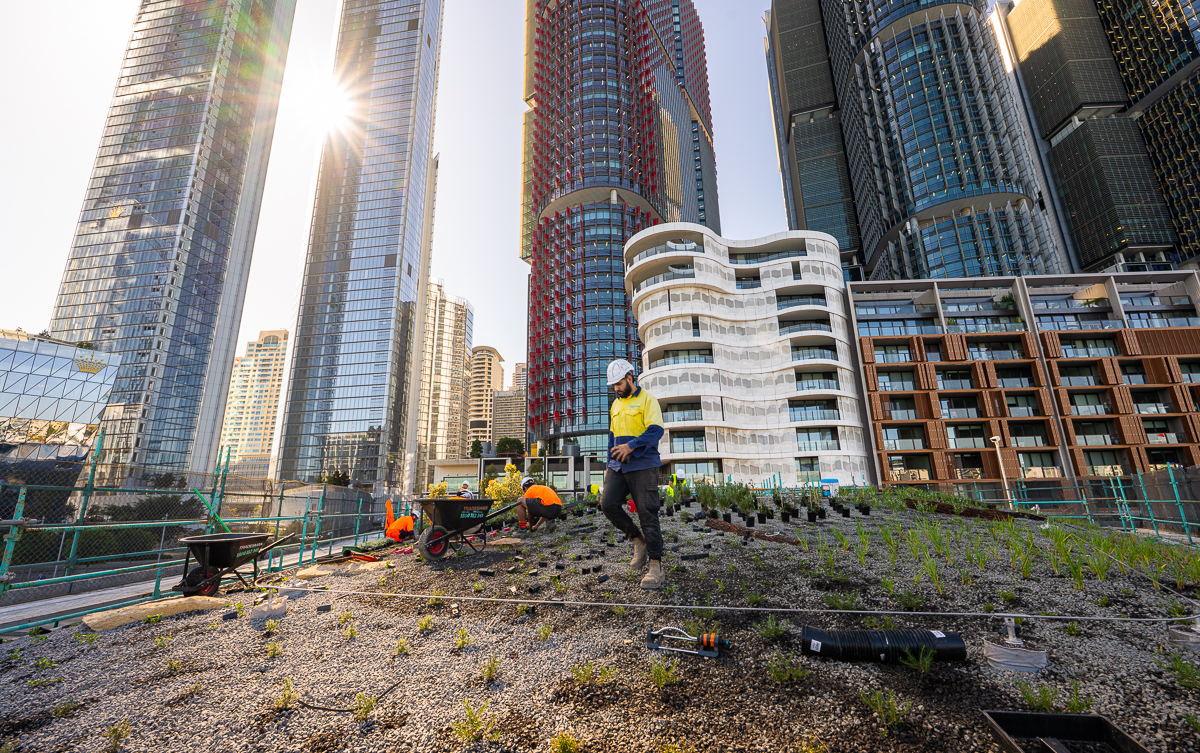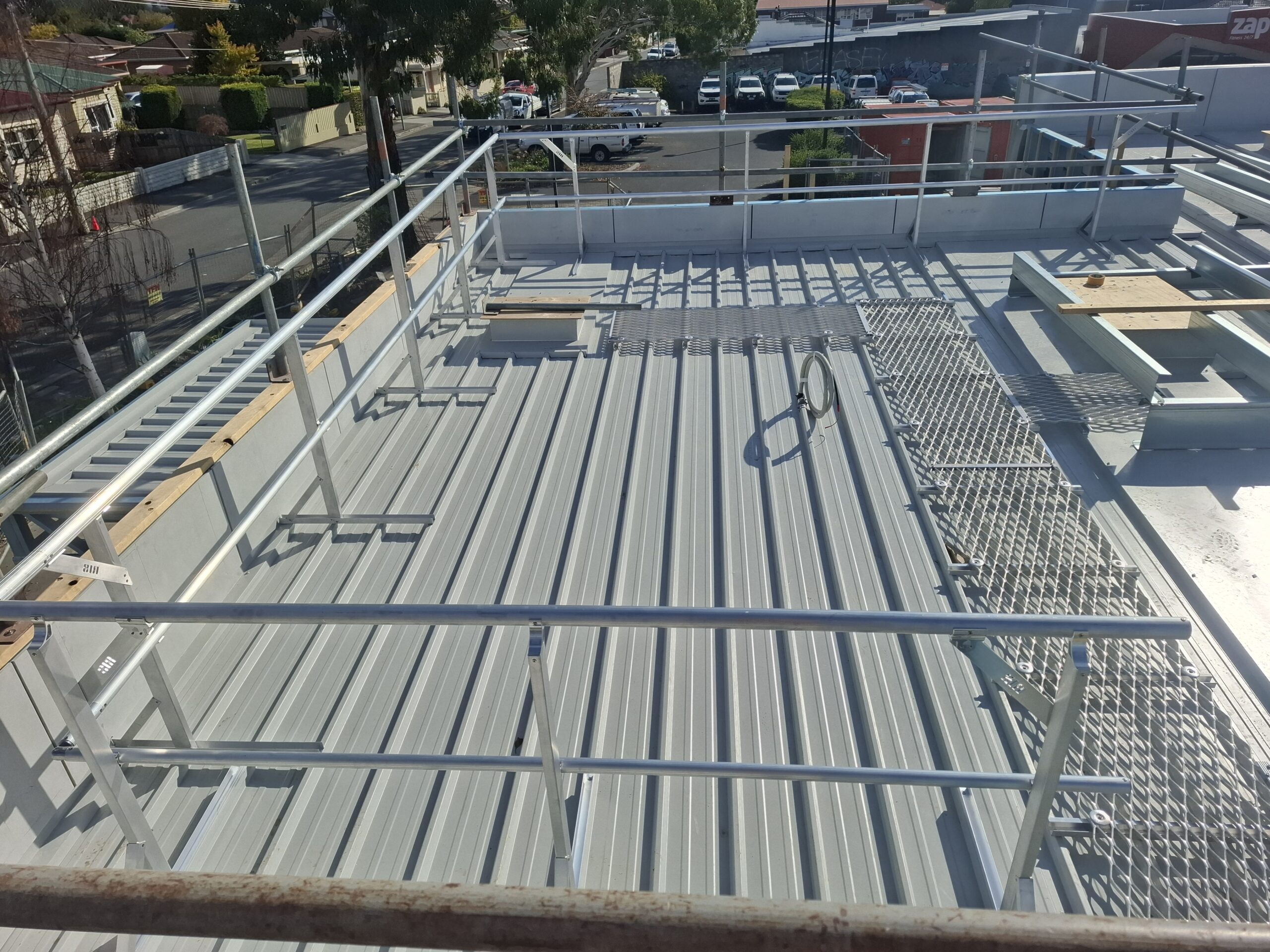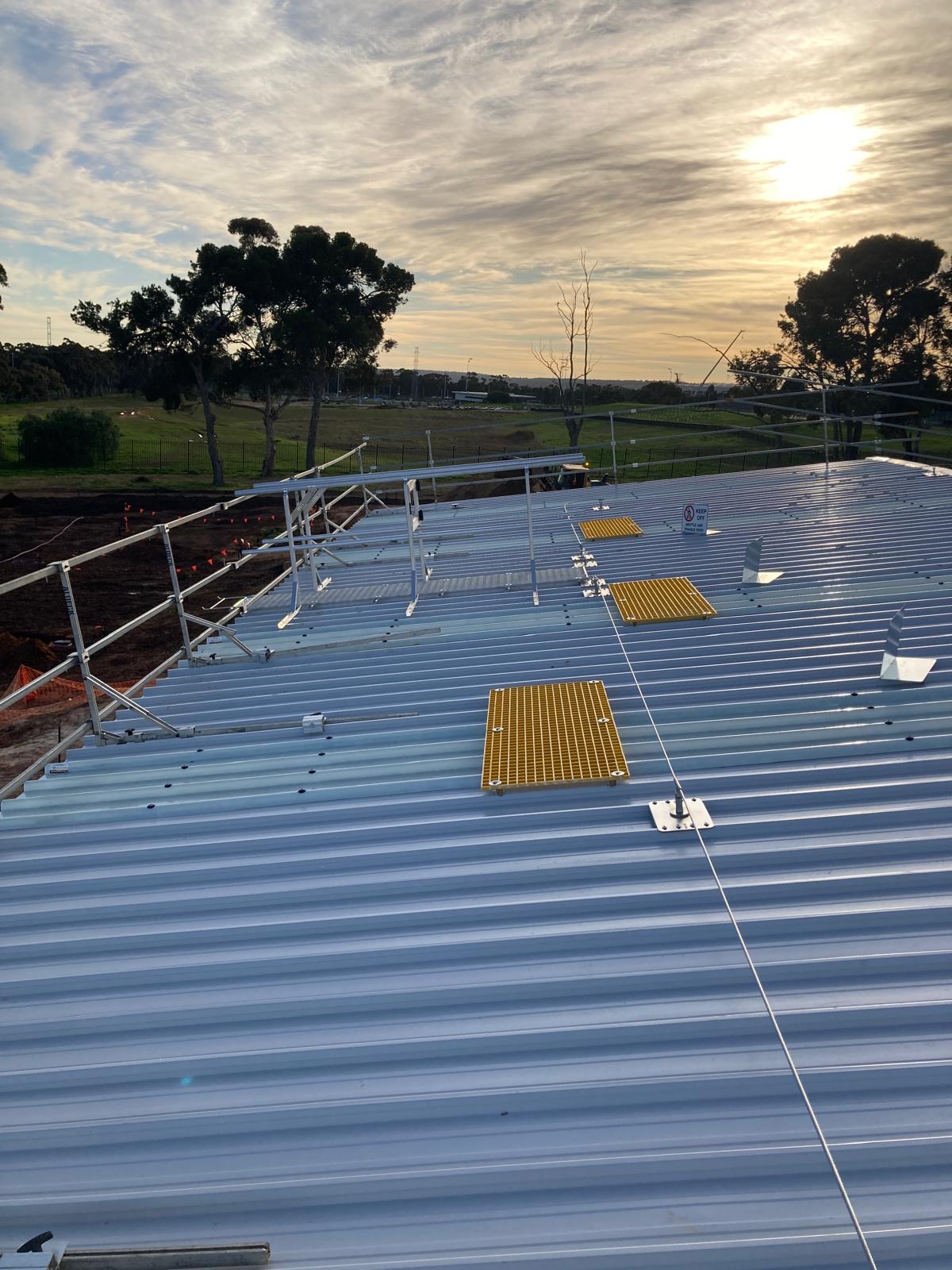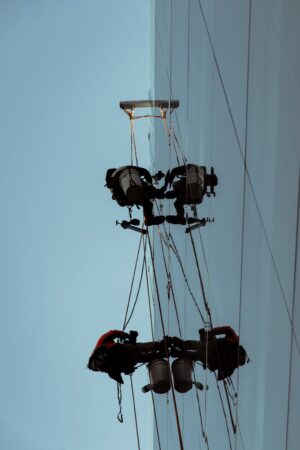 Maintaining workplace safety must be the priority of every project manager and height safety is critically important. Falls from height represent a major cause of workplace injury and fatality in Australia every year and falls from just three metres or lower represent half of all fatal workplace falls. By understanding the risks and mitigating them with the right workplace protocols, practices, and the best height and roof safety systems, lives and livelihoods can be saved.
Maintaining workplace safety must be the priority of every project manager and height safety is critically important. Falls from height represent a major cause of workplace injury and fatality in Australia every year and falls from just three metres or lower represent half of all fatal workplace falls. By understanding the risks and mitigating them with the right workplace protocols, practices, and the best height and roof safety systems, lives and livelihoods can be saved.
Height safety is everyone’s responsibility – from managers to owners to every single worker on a site. A combination of the correct training, adherence to the correct procedures, and using the correct safety equipment for the job is essential.
Here are some key terms relating to height safety that you must understand…
Key Terms in Height Safety:
- Roof Access – systems that enable easy rooftop access. They include hatches, ladders, stairs, etc.
- Rope Access – height safety is achieved by the use of ropes and harnesses which allow the worker to access otherwise inaccessible areas, for example, for high-rise window cleaning.
- Roof Anchorage – provides a secure attachment point for fall arrest or deceleration devices, lifelines, lanyards, and other safety equipment. Includes roof anchors, beam clamps, eyebolts, and more.
- Fall Prevention – fall prevention systems are the best type of protection, creating a barrier to falling in the first place and thereby protecting the worker. Examples of fall prevention systems include handrail and skylight protectors . It requires the lowest level of operator competence.
- Fall Arrest – rather than preventing a fall from occurring, fall arrest systems arrest or decelerate a fall in progress to prevent the worker from impacting or striking the ground or other surface below. Equipment includes body harnesses, horizontal rail systems, and more.
- Fall Restraint – this type of safety system limits worker access to edges and thereby prevents falls by preventing them from coming close to an edge. These systems must be used correctly and this requires a degree of training and competence.
- Davit Arm – a safety system used to secure workers who are suspended below the anchorage surface; the davit can be used to safely lower or raise the worker.
- Guardrail – a passive type of fall prevention, a guardrail system provides a barrier (usually rails) that help to prevent workers from accessing a fall hazard point.
- Safety Net – a passive safety system used to aid with fall arrest or to contain falling debris on a worksite.
Contact RISSafety Today
RISsafety is Australia’s leading height safety specialist. We design, test, and install the right rood safety systems to suit your project and industry. We work across a vast range of applications, including but not limited to Mining, Oil and Gas, Public Utilities, Commercial and Residential Towers, HVAC Installation, Stadiums and Arenas, Facility Management, Existing Structures, Telecommunications, Solar, Infrastructure, Transport, Defence, and Building and Façade Management.
Our height safety solutions include:
- Walkway Systems
- Ladder Systems
- Handrail Systems
- Safety Nets
- Static Lines
- Rail Systems
- PPE Gear
- Access Hatches
- Platforms and Gantries
- Stairs
- Step Ladders
- Davit Arms
- HVAC Support Platforms
Contact us now to learn how we can help you maximise the safety of your workers and your site.
